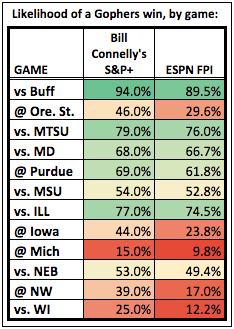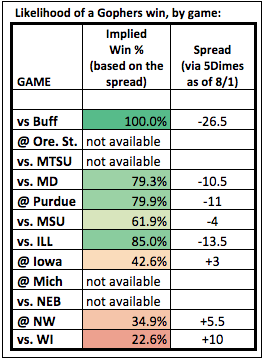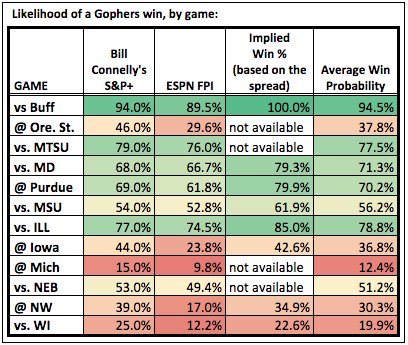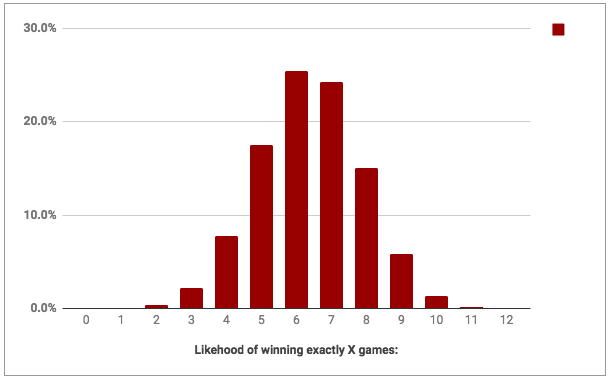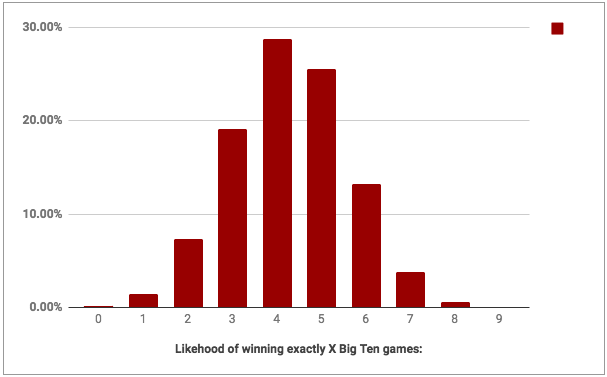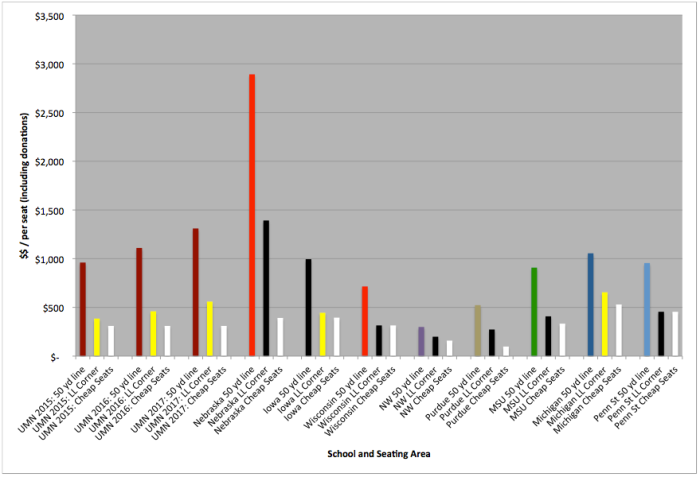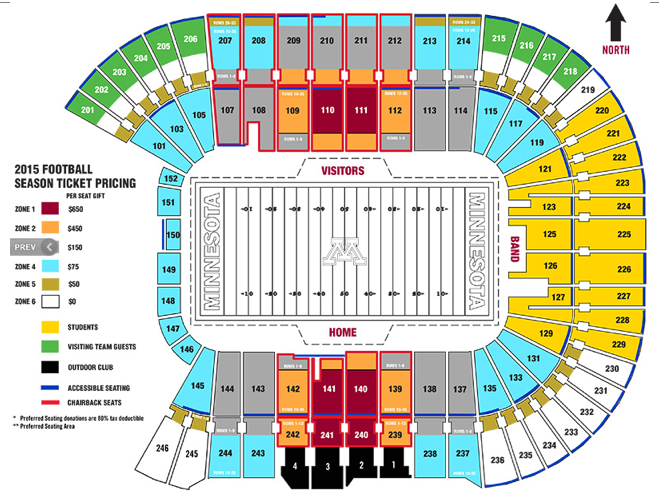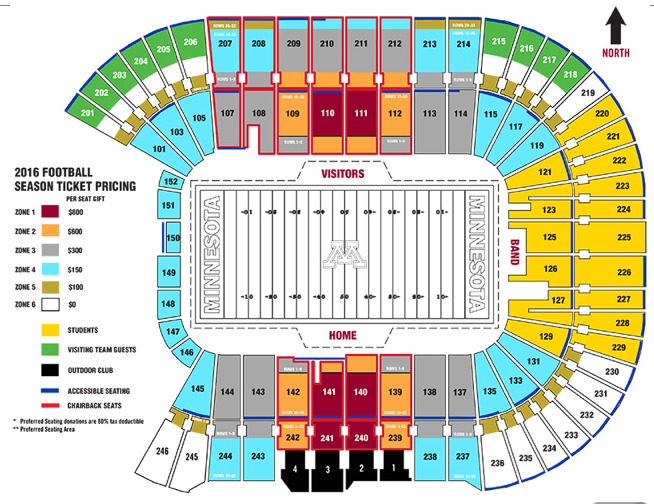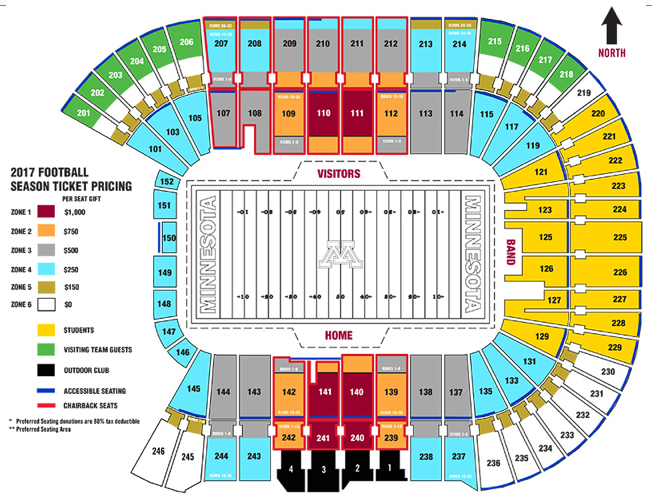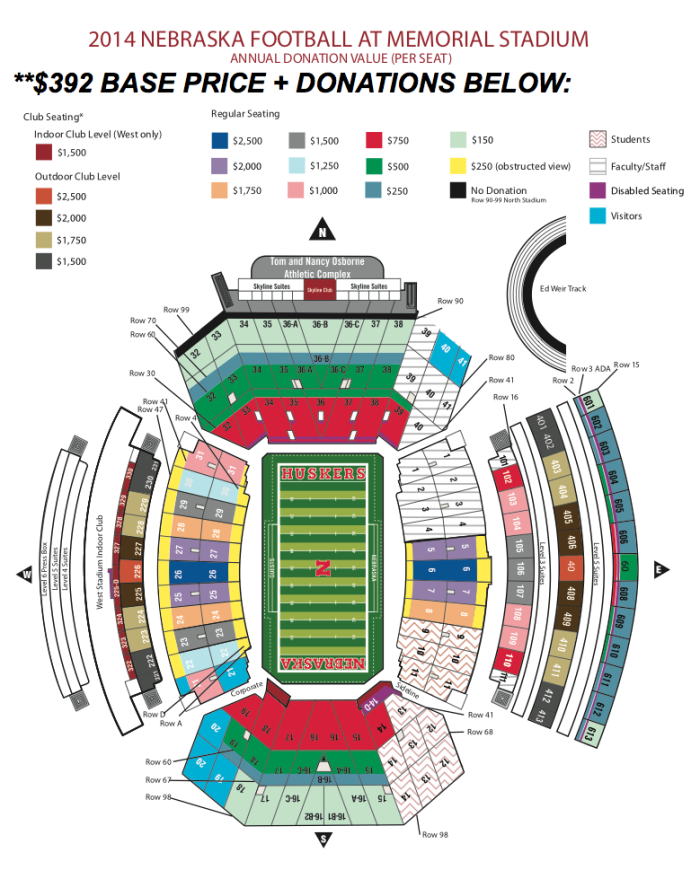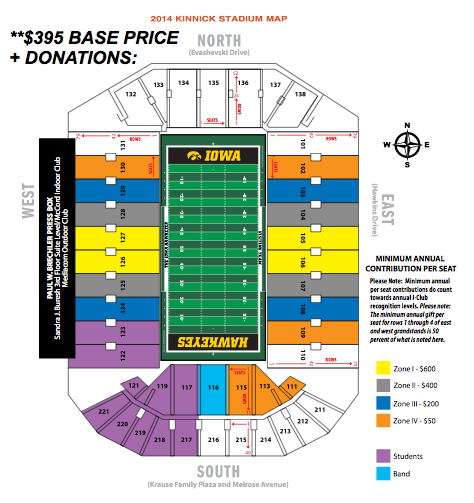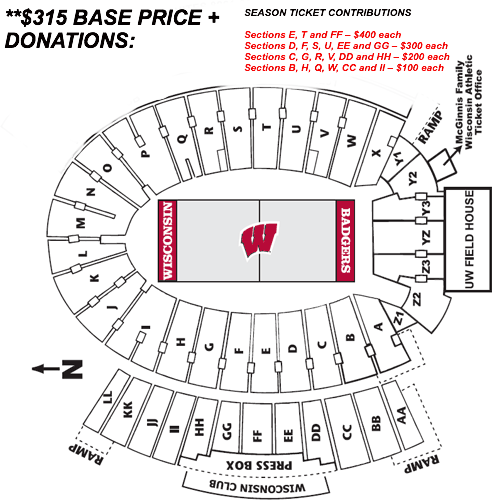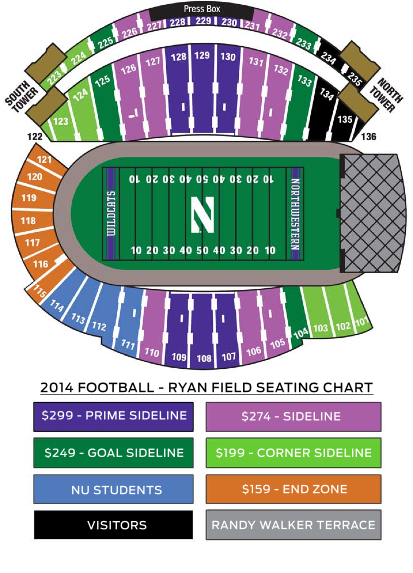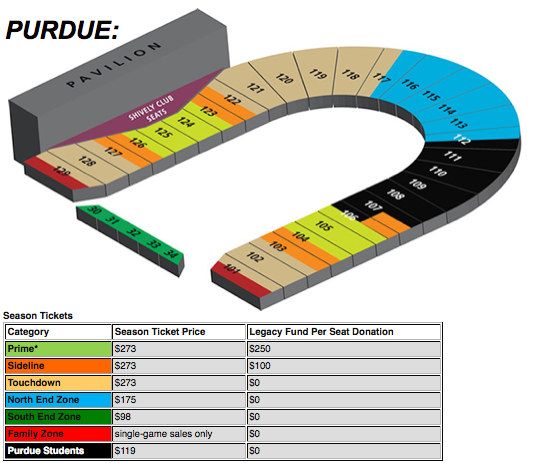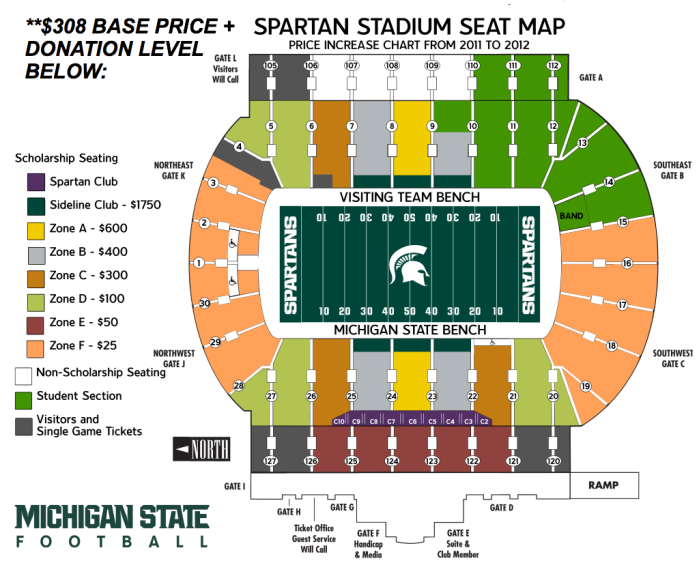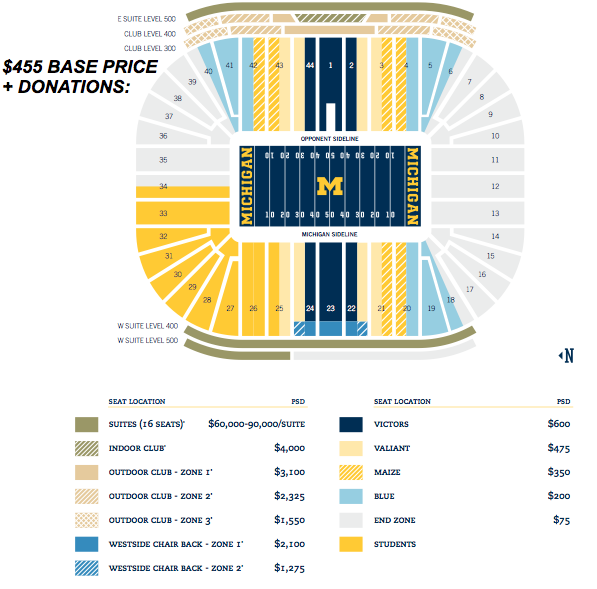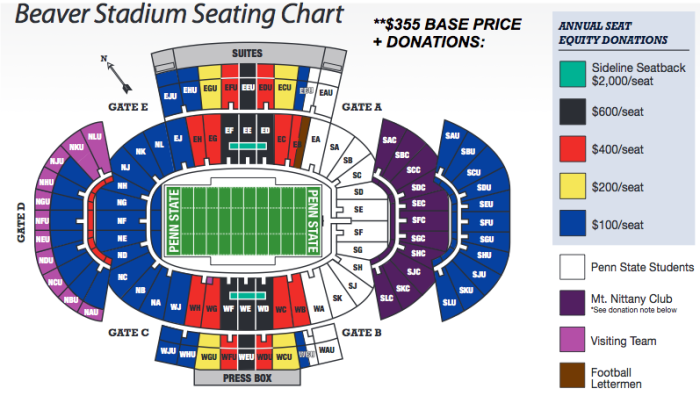The United States Men’s National Team’s 2-1 lost to Trinidad & Tobago tonight, an utterly shocking result which means the U.S. will miss the World Cup for the first time since 1986.
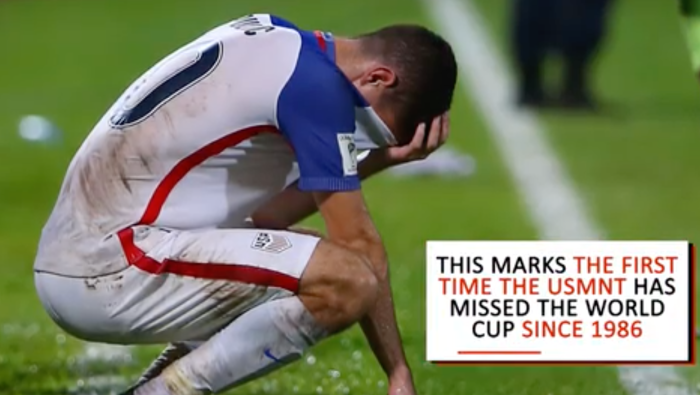
Traveling this summer I ran into a lot of Brits. While we speak the same language, Americans and Brits seem to organize words into different, unique phrases. One phrase I learned this summer comes to mind right now: “absolutely gutted.”
I am absolutely gutted (read: heartbroken, distraught, shocked, etc.) by the result tonight, specifically the fact that the U.S. will miss the 2018 World Cup. Sitting at the bar after the game I was speechless, head down in disbelief, trying to process what just happened. Spare my family and a few good friends, soccer is the longest-standing constant in my life. I have been fortunate enough to play in upwards of 200 games, to referee in over 150 and coach in another 100 or so. Further, I have traveled to six USMNT games in the last three years.
As a fan of the USMNT, and more broadly as a proponent of the growth of soccer in this country, the performance tonight is incredibly disappointing and, to reiterate, I am absolutely gutted. But you shouldn’t feel bad for me: I’m an adult and this result will have no discernible effect on my life, excluding the three or four days of day drinking I’ll miss out on next summer.
That being said, you should feel bad for two parties: youth soccer players in the United States and Christian Pulisic.
Youth soccer players all around the United States idolize the USMNT, at least they did previously. Growing up and to this day the most popular game in America for youth soccer players between the ages of 7 and 15 is fittingly called “World Cup.” For those who are not familiar players form teams of two, the goalie punts out the ball and the players all try to score on the same goal, yelling the name of their country as they shoot the ball. “ARGENTINA!” or “PORTUGAL!”, players yell as they poke the ball towards goal. When I was a kid everyone used to fight to be USA and impersonate Landon Donovan as they played, perhaps trying to recreate one of his goals from the World Cup. But moving forward who knows – the fights may now be over who gets to be Portugal or Argentina, the impersonations of stars around the world instead of American star Christian Pulisic. American youth soccer players deserve your empathy, as they deserve a chance to watch the United States in the World Cup.
Speaking of Christian Pulisic he is the second party you should feel sorry for. He did everything he could to will the United States to the World Cup, scoring or assisting on 12 of the 17 goals the team scored in the ten qualifying matches. He is 19 years old, by far the USMNT’s best player and a star in Germany, starting on a regular basis for Borussia Dortmund – the second-best team in the league. He scored again tonight and deserved a chance to prove himself on the international stage, but it was not to be. The quota on Christian Pulisic impersonations by youth players will no doubt be missed next summer, which is unfair both to Pulisic and the young players who idolize him.
As a quick aside, the USMNT needs to clean house. Fire everybody. Then fire everybody who was in charge of firing everyone else. There is no easy answer to the question “How should soccer players developed in the United States?” But as a neutral observer I believe the next administration, coach and parents of budding stars should steal concepts from Pulisic’s upbringing, which involved an emphasis on unstructured games and futsal.
One last note: while I am not absolutely gutted for this party, I do feel bad for the casual soccer fan. Soccer is a great game – to play, to coach, to ref, to watch – and many Americans only tune in once every four years. This World Cup the United States will not be playing and as a result many people won’t bother tuning in at all, missing out the beauty (or perhaps agony) of the world’s game. See you again in five years for the 2022 World Cup, if we can make it there.
